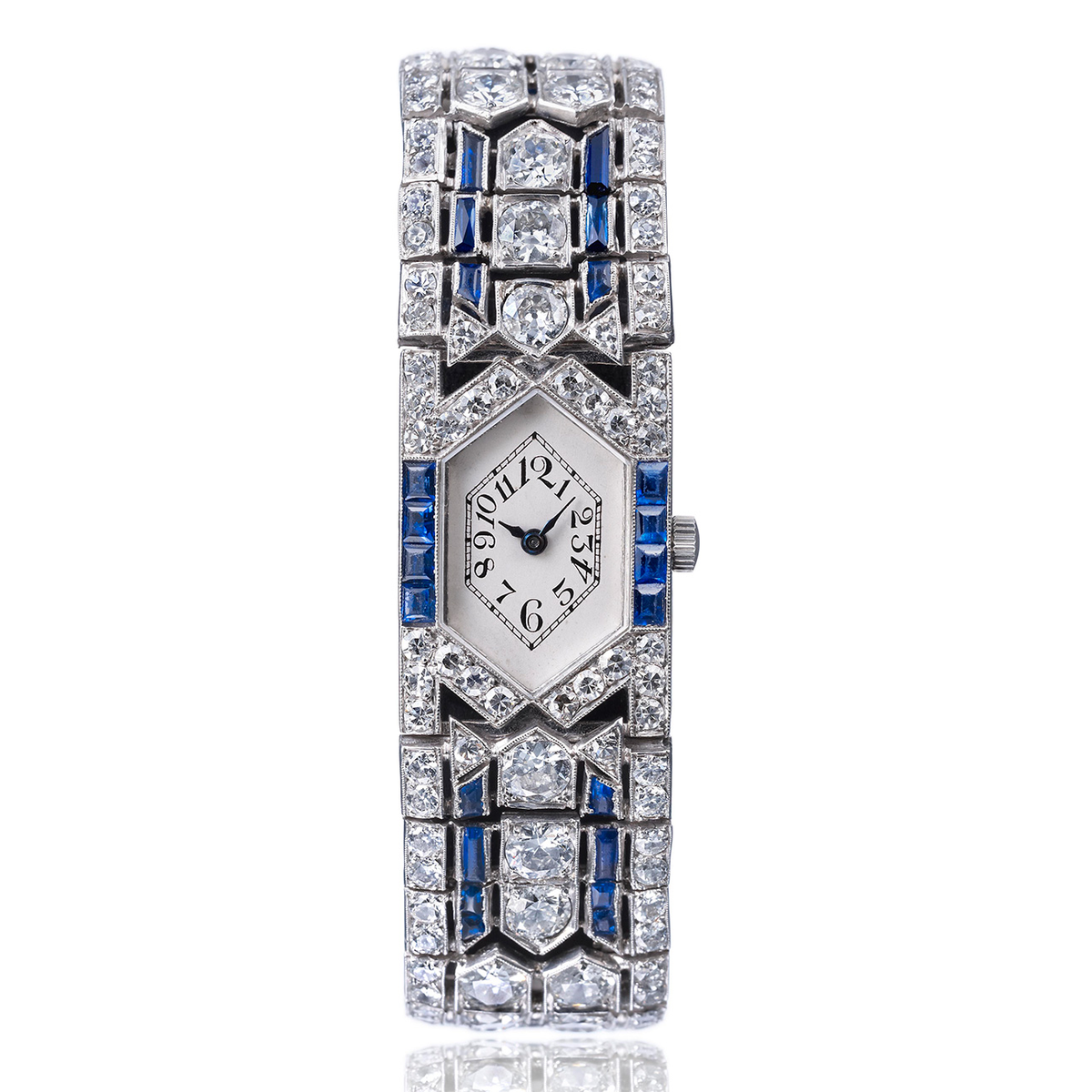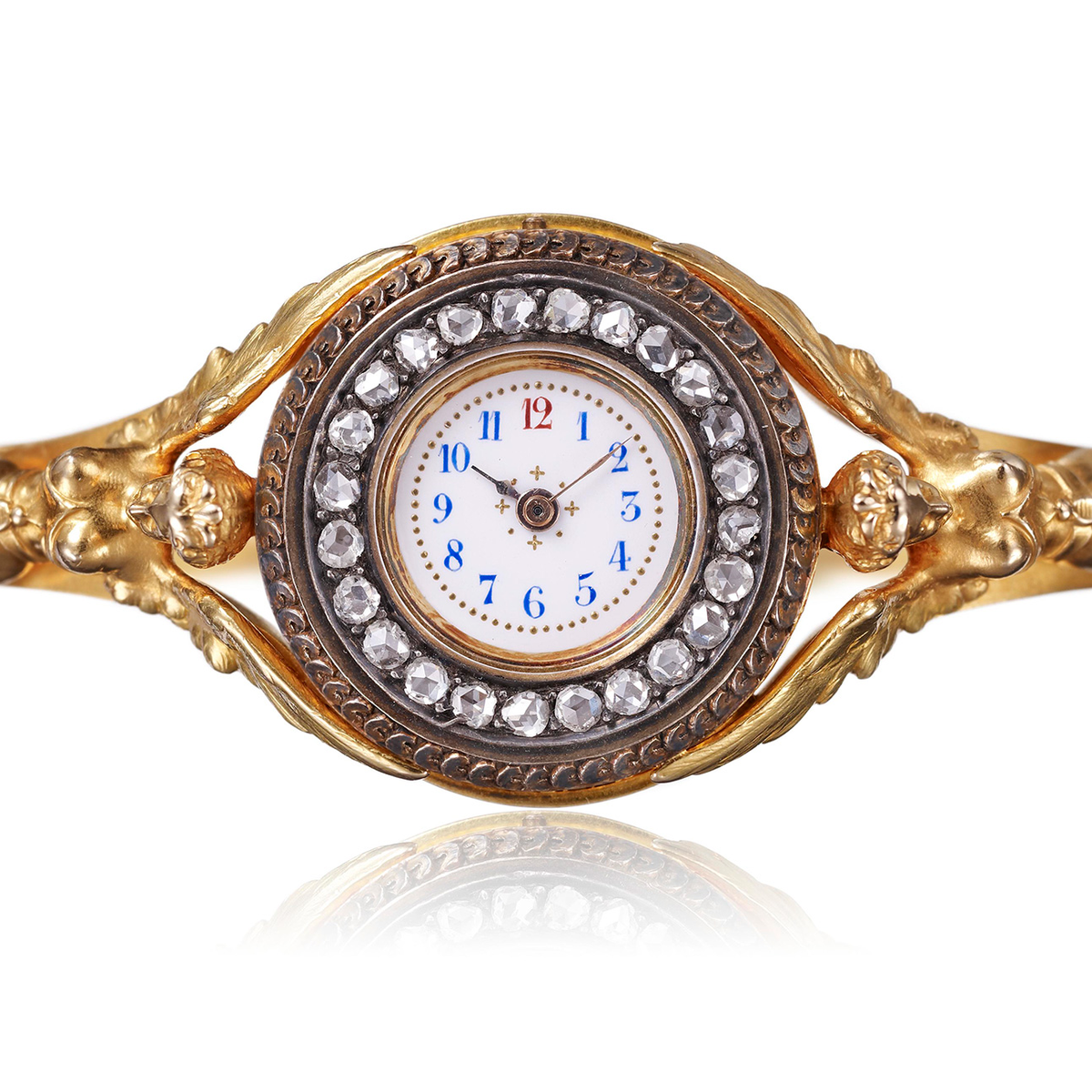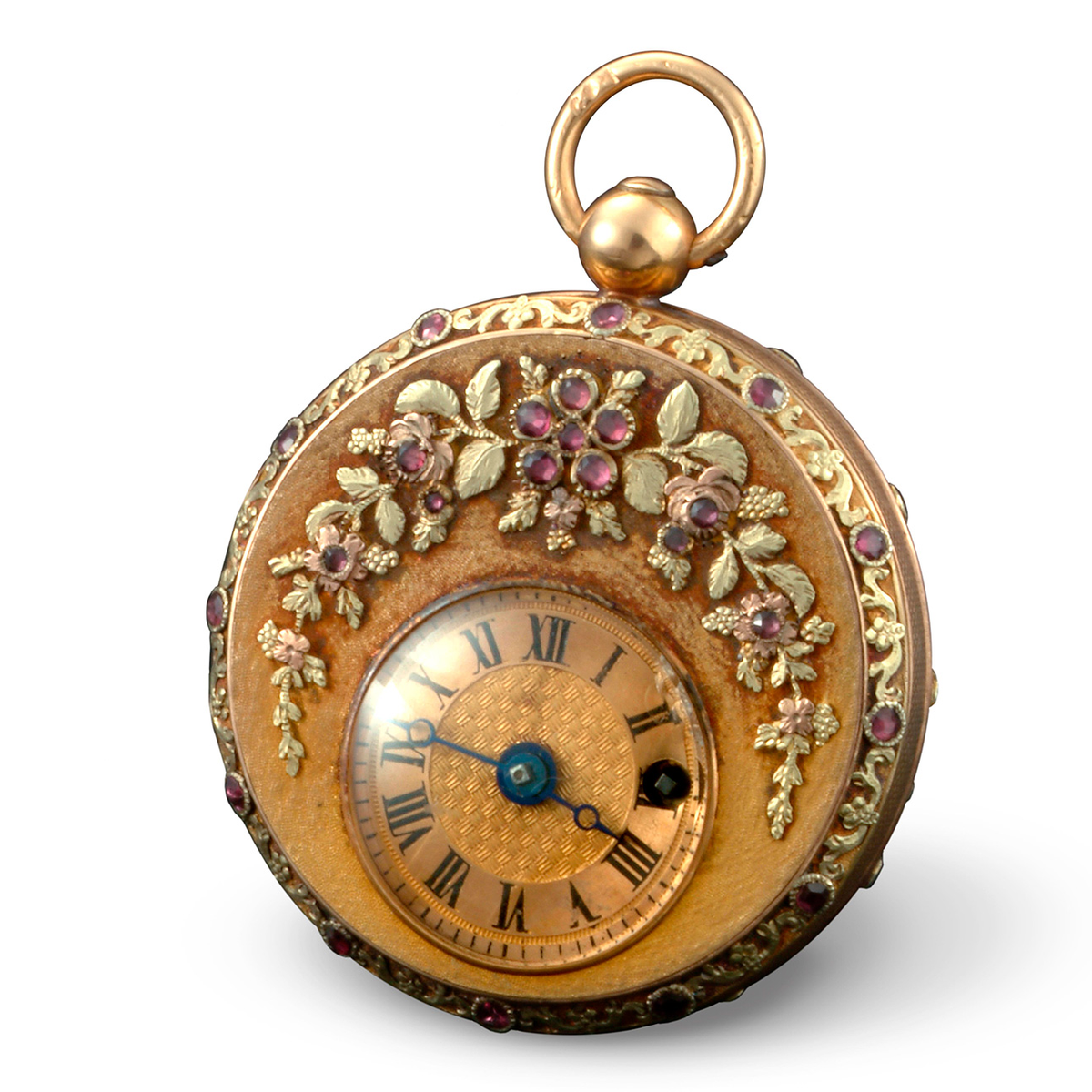Women's watches return to Vacheron Constantin. Women's watches return to Vacheron Constantin. Women's watches return to Vacheron Constantin. Women's watches return to Vacheron Constantin. Women's watches return to Vacheron Constantin
Women's watches return to Vacheron Constantin. Women's watches return to Vacheron Constantin. Women's watches return to Vacheron Constantin. Women's watches return to Vacheron Constantin
25 March 2020
Women's watches return to Vacheron Constantin
So you thought Vacheron Constantin was largely for men? Think again. Unveiled in February, the Égérie is the latest collection from a Manufacture that has always had women in its heart.
Don't think of it as new. More a revival. Vacheron Constantin's Égérie collection puts women's watches back in the spotlight after thirty years in the shade. "Business was extremely difficult in the wake of the quartz crisis. We came through it thanks essentially to complications," comments Style and Heritage Director, Christian Selmoni. "Demand was for grandes complications and we responded with extremely complex, excessively masculine watches." Since the end of the 1980s, this has been the image of the brand but only part of its story. In reality, throughout its history the world's oldest watch manufacturer in continuous operation has been making watches for women, and boasts a legacy of remarkable timepieces whose complex mechanisms and exquisite decoration have nothing to envy their masculine counterparts.
"Looking through our archives shows that Vacheron Constantin was making complication watches for women from the early years of the nineteenth century," insists Christian Selmoni. "This was a time when the majority of ladies' watches were extensively decorated and bejewelled. We have an example from 1815 of a yellow gold pocket watch whose caseband has been delicately engraved with a floral design, studded with garnets. However, we were also meeting demand from women who had different expectations; women who wanted a watch with complications of practical use. One of our oldest pieces is a lady's watch from 1838 in sculpted yellow gold that incorporates a quarter-repeater mechanism together with subsidiary seconds. The dial has a guilloché floral design in the centre."
Since the nineteenth century, Vacheron Constantin has been meeting demand from women seeking watches with complications of practical use.
A woman's prerogative
Vacheron Constantin would continue to give time a feminine touch throughout the nineteenth century. Keeping pace with demand and fashions of the day, hunter cases were decorated with translucent coloured enamel while dial covers were adorned with precious gems, enamelled scrolls or finely engraved. Goldsmiths, enamellers and engravers applied their talent to these sophisticated decorations but this wasn't all. The Manufacture's watchmakers ensured they kept time with the same precision as every Vacheron Constantin watch. "We can see how the watches of this period emphasised both mechanisms and aesthetic, and how this was true for both men's and women's watches," says Christian Selmoni. "From a historical perspective, women's watches truly came into their own with the introduction of the wristwatch, as women took the lead in popularising this new trend."
Whatever the period, our women's watches, like our men's watches, are defined by technical as well as aesthetic qualities.
Christian Selmoni
Currently, the oldest known wristwatch by Vacheron Constantin is a lady's model from 1889, believed to have been shown at the World's Fair in Paris and one of the earliest incarnations of a fashion that would gain considerably in popularity during the early twentieth century. "The gradual development at Vacheron Constantin of watches for the wrist lay with the success of our ladies' bracelet-watches," says Christian Selmoni. "It was still a common conception that a wristwatch was fragile and less accurate. As movements became smaller and more reliable, by the 1920s men were showing interest in what had been essentially a female accoutrement, even though the majority of men well into the 1930s continued to carry a pocket watch.
Over the course of the decades, women's watches evolved to reflect changing tastes and the fashions of the day. At the turn of the twentieth century, pendant watches adopted the flowing forms of the prevailing Art Nouveau style, created in pearls, precious gems, ornamental stones, mother-of-pearl, engraving, lacquer or coloured enamels. These gave way to the more linear designs of Art Deco, exemplified by square and rectangular forms but also found in ovals and hexagons. A Vacheron Constantin women's wristwatch from 1923 with a white gold case features a hexagonal dial surrounded by diamonds and sapphires. Come the 1940s, the wristwatch embraced more voluptuous forms and designs that were characteristic of the modern era.
Christian Selmoni notes how, "Whatever the period, we can see how our women's watches, like our men's watches, are defined by technical as well as aesthetic qualities." The new Égérie women's watch is further proof. The collection, driven by self-winding movements, exhibits a high level of finishing using traditional techniques such as gem-setting or a tapisserie decoration on the dial to impart a feminine, precious feel.
Haute horlogerie meets haute couture
The Égérie collection, which Vacheron Constantin presented in February, takes inspiration from two sources. The pleated texture in the centre of the dial is borrowed from haute couture and executed using a machine à tapisser from 1904. Functioning along similar lines to a pantograph, this hand-operated machine reproduces a large pattern in miniature. The collection also looks to the asymmetrical displays that appear throughout Vacheron Constantin's history from the early nineteenth century, transforming this historical trope into a bold visual cue. A subsidiary dial showing moon phases or the date forms a diagonal with the crown, topped with a moonstone cabochon, between 1 and 2 o'clock, and the Vacheron Constantin logo at 8 o'clock.
The six references in the collection offer a choice of two case sizes - 35mm or 37mm – and are fitted with interchangeable straps. For everyday wear, the Égérie Self-Winding comes with a 35mm case in pink gold or steel with diamonds. For evening wear, the Égérie Moon Phase is also proposed in steel or pink gold. The larger 37mm case is mounted on an interchangeable leather strap or a steel bracelet. More glamorous still, the Égérie Moon Phase with diamond pavé opts for a 37mm case in white gold and a carpet of diamonds on the dial. An Égérie Moon Phase Jewellery completes the collection. Both the 37mm white gold case and the white gold bracelet are fully paved with diamonds. Together, these six watches embody the new face of feminine watchmaking at Vacheron Constantin: a contemporary incarnation of the technical and aesthetic creativity that has accompanied its women's watches for more than two centuries.



